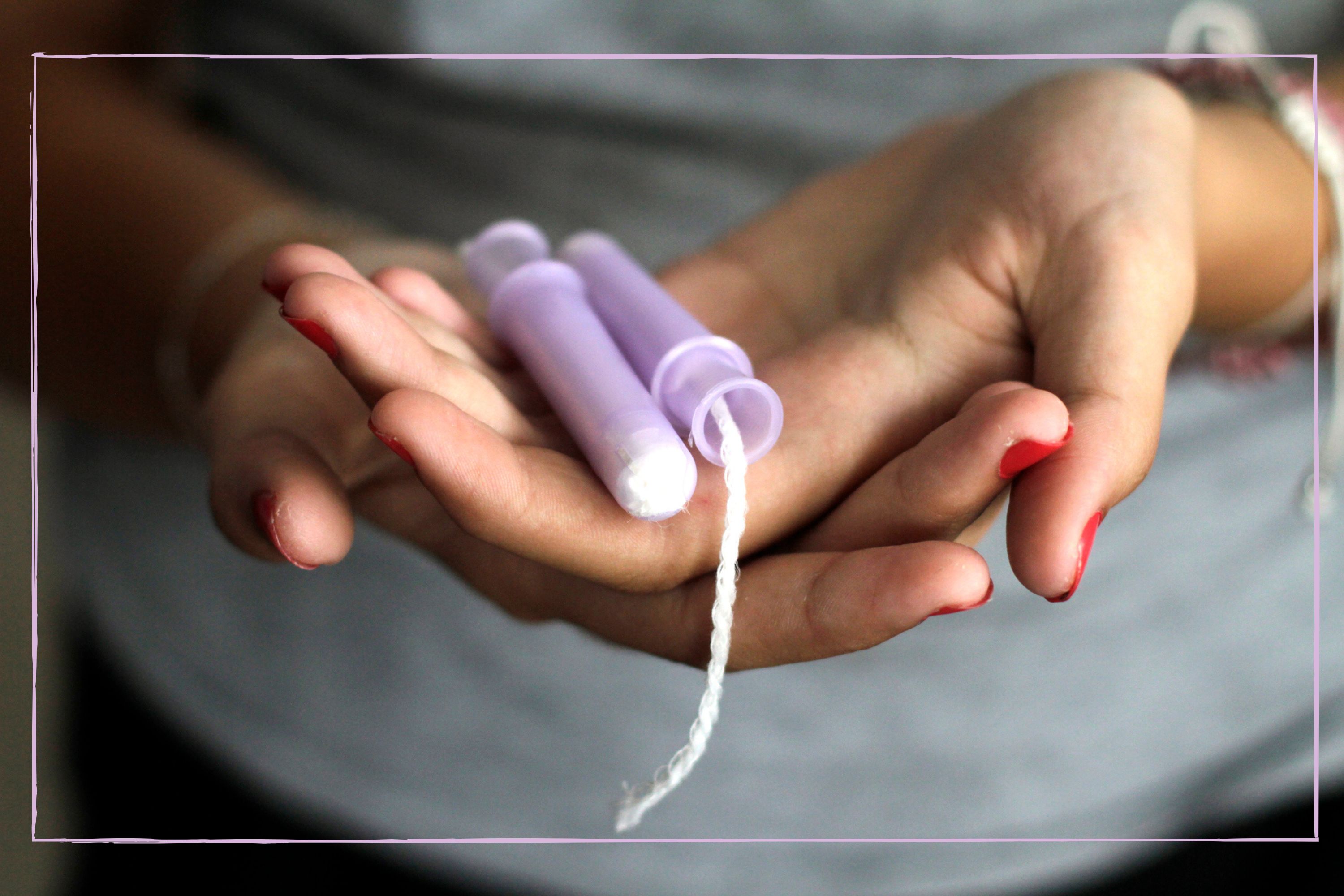
New research reveals tampons could contain arsenic, lead and other toxic metals. The consequences of absorbing these can be devastating on bodies, and here we look at what parents need to know when arming their daughters with information to help make choices on which period products are right for them.
When puberty is looming for your kids and you want to let them know what to expect, talking to children about periods is going to be high on the list. Alongside discussing age-appropriate remedies for pain relief to ease cramping and discomfort, parents will want to talk their daughters through choosing period products and which one will be right for them.
Tampons have long been are a popular choice for girls, especially marketed at those who are very active or want to continue swimming during their periods. They can also alleviate concern that pads could be visible through their clothes, or feel uncomfortable to wear. However, parents might want to reconsider how they present the idea of tampons to their daughters, in light of new research suggesting they contain lead, mercury, iron, nickel and copper among others - 16 metals were found altogether in the studied tampons, and lead in particular has no 'safe' exposure level.
Researchers tested tampons purchased in the US, UK, and EU although are yet to name the brands. What's causing concern is tampons come into direct contact with the vaginal walls, which has particularly absorbent tissues. Absorption of these metals is associated with increased risk of dementia and cancer, and can affect liver, kidney and brain function. There's also known adverse affects to the cardiovascular, nervous and endocrine systems.
The study suggests several routes metals can take to make their way into tampons. In the first instance, the raw materials of cotton, rayon, or viscose could be contaminated during production. Secondly, tampons can become contaminated with metals from water during the manufacturing process. Thirdly, they can be intentionally added during manufacturing to act as antimicrobial agents, odour control or as lubricants for smooth insertion.
In all three areas where tampons were purchased for the study, no extensive regulations around the products exist, and they aren't required to be tested regularly. In the UK, tampons are regulated under the General Product Safety Regulations 2005, which the study states requires "no producer shall place a product on the market unless the product is safe" and should provide consumers with enough information to "assess the risks inherent in a product."
What does this mean for parents?
Some of the metals found in the tampons can affect fertility and the health of unborn babies. Although tweens and teens aren't planning children just yet, parents may want them to be aware of the possible implications of tampon use for when the time does arrive they begin planning their families.
Women across social media are outraged that this has been allowed to happen, and once again shows women's health issues aren't as much of a priority as they should be. As the tampon brands from the study are yet to be named, women are asking for them to be called out.
One X (formerly Twitter) user wrote "It’s really sad when they say that tampons contain metals but they won’t say the brands. It takes more research when they should just include that in the main article." Seeing their mother's demand better for women's issues will be inspiring for girls to learn how to advocate for their own health in the future.
Tampon boxes should also be properly labelled with warnings of what they contain and the harmful implications laid out. Cigarette packets are required to contain this information, and so should all products that could hurt the body in any way. This way, parents at least have the opportunity to go through these ingredients and warnings with their children if they're on a period product box, and teach them what's important to look out for when it comes to what goes near or inside their bodies.
Carly is a mother to three girls. She tells us "Tampons have always scared me, I won’t be advocating them to my girls. The risk versus the benefits just isn’t worth it, and now this study shows women and girls could be literally risking their lives not to outwardly bleed. There’s a page about them in a ‘growing up’ book we have at home, and there is only a small mention of potential dangers. This needs to be added to all information girls are given about tampons."
There are alternatives to tampons, which include:
Menstrual cup
Menstrual cups are not only safe, they can also reduce waste and associated effects on the planet. They're foldable and reusable devices that collect menstrual blood. They sit just inside the vagina, and Mooncup (starter packs with everything you need from £30) is the brand name of "the first medical grade silicone menstrual cup in the world."
Period pants
Period pants are regular knickers with built in absorbency designed for periods. These are also reusable and have the advantage of doing their bit for the environment by reducing waste. Modibodi do everything from period underwear, swimwear, and designated knickers for teens (first period kit from £33.30.)
From teens with armpits that smell like cheese, to teens that won't talk to you anymore, puberty is a difficult time. Girls' body confidence plummets more than boys during this period, meaning parents might need to offer more body positivity support.







